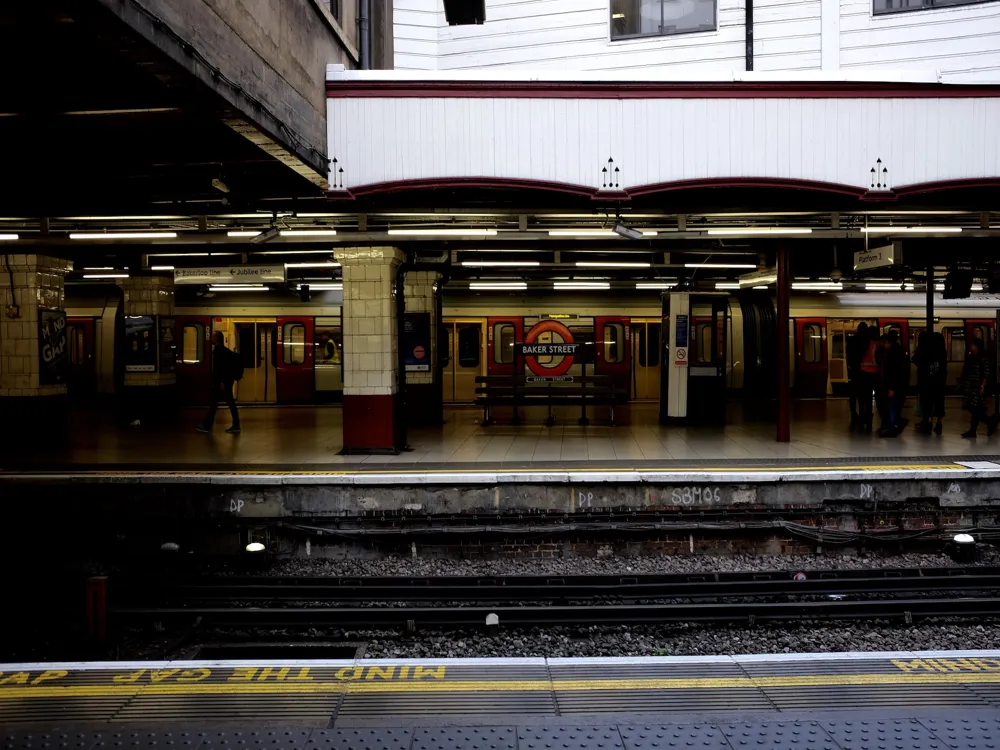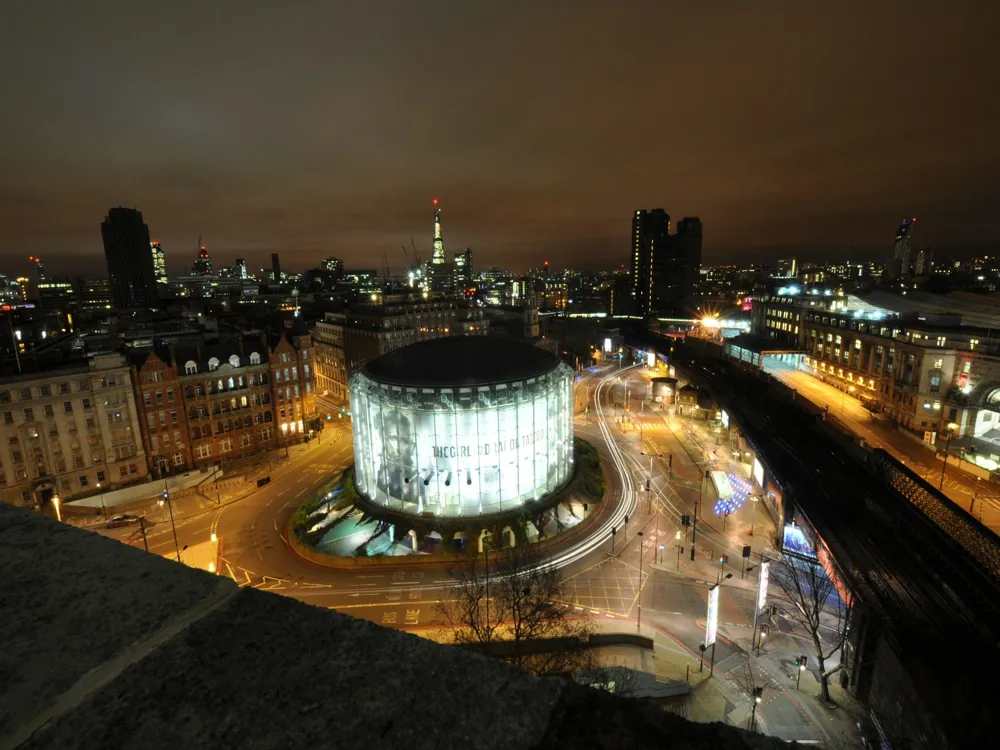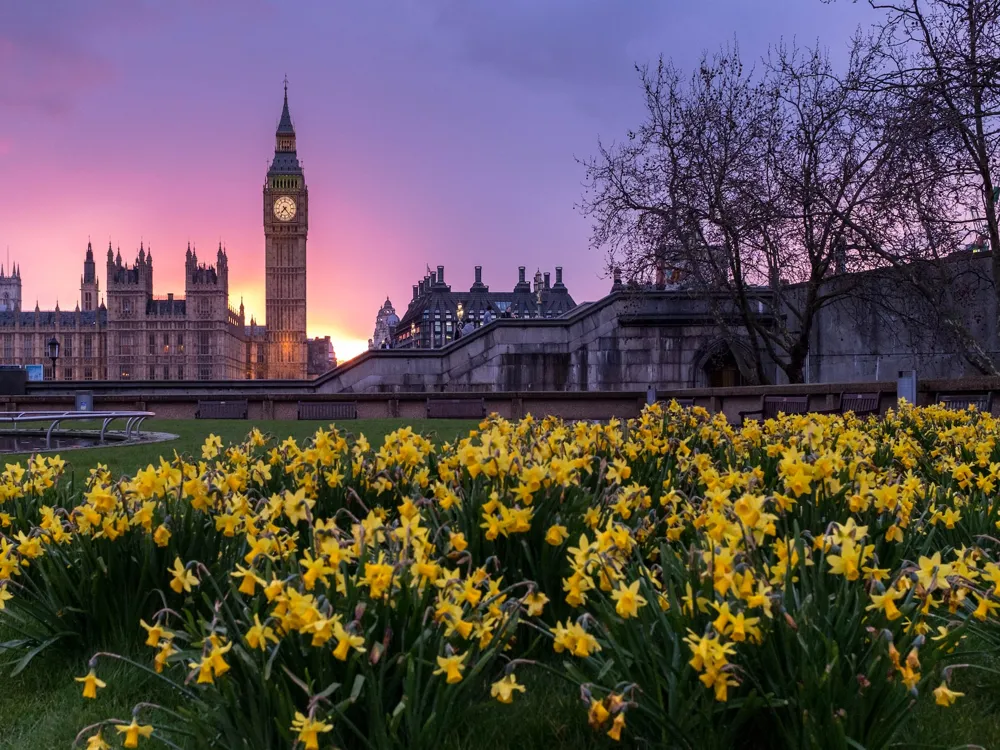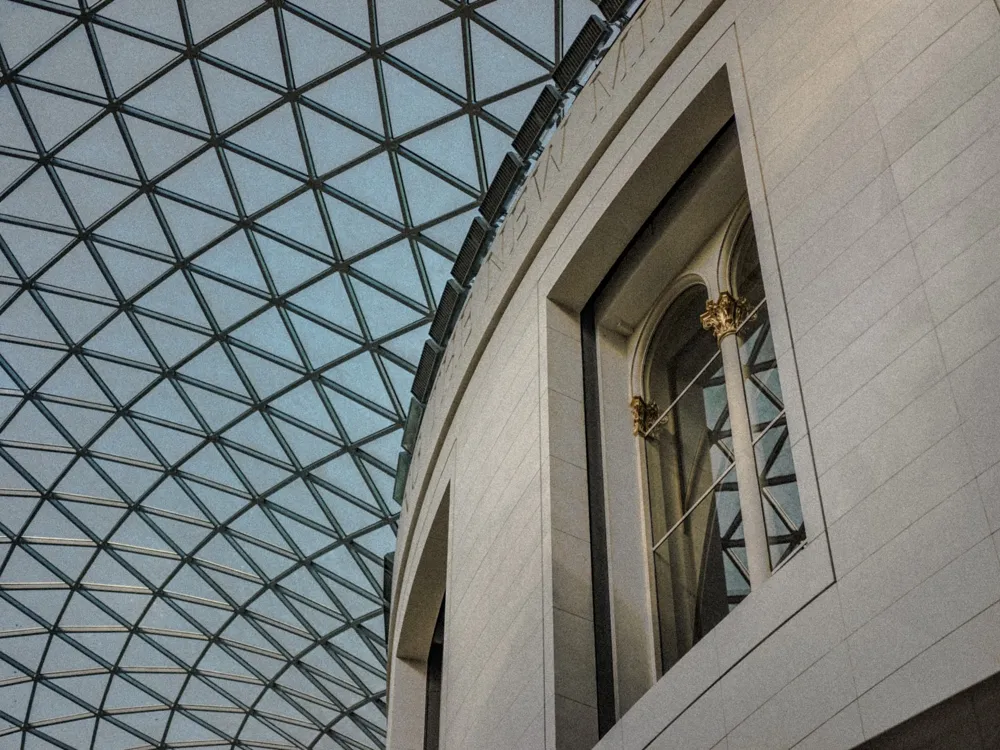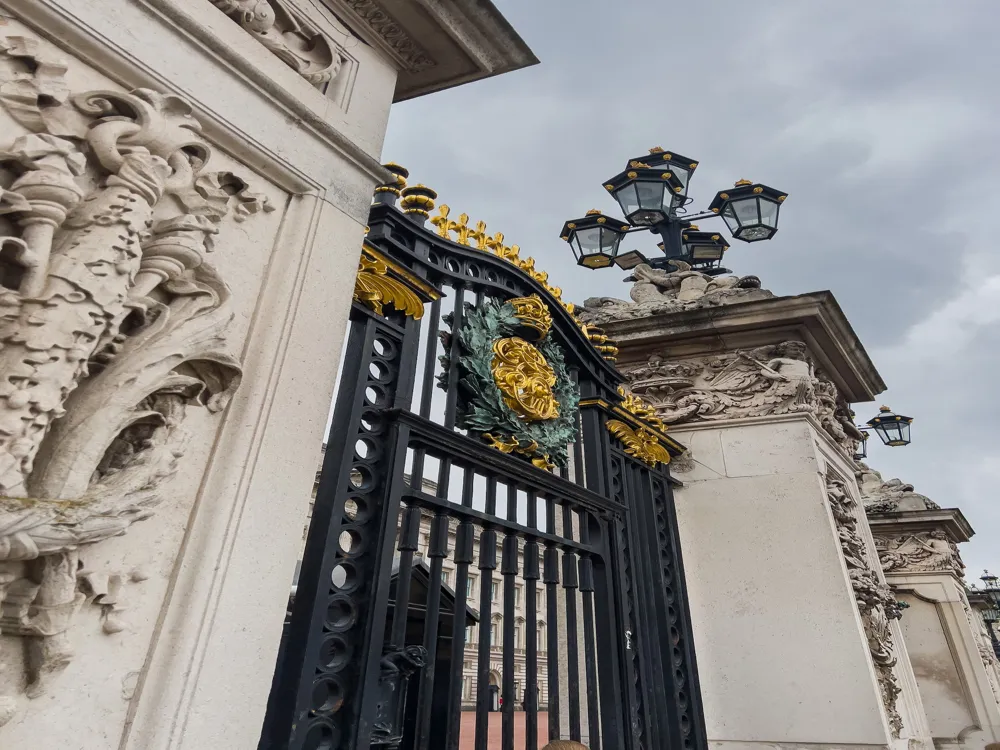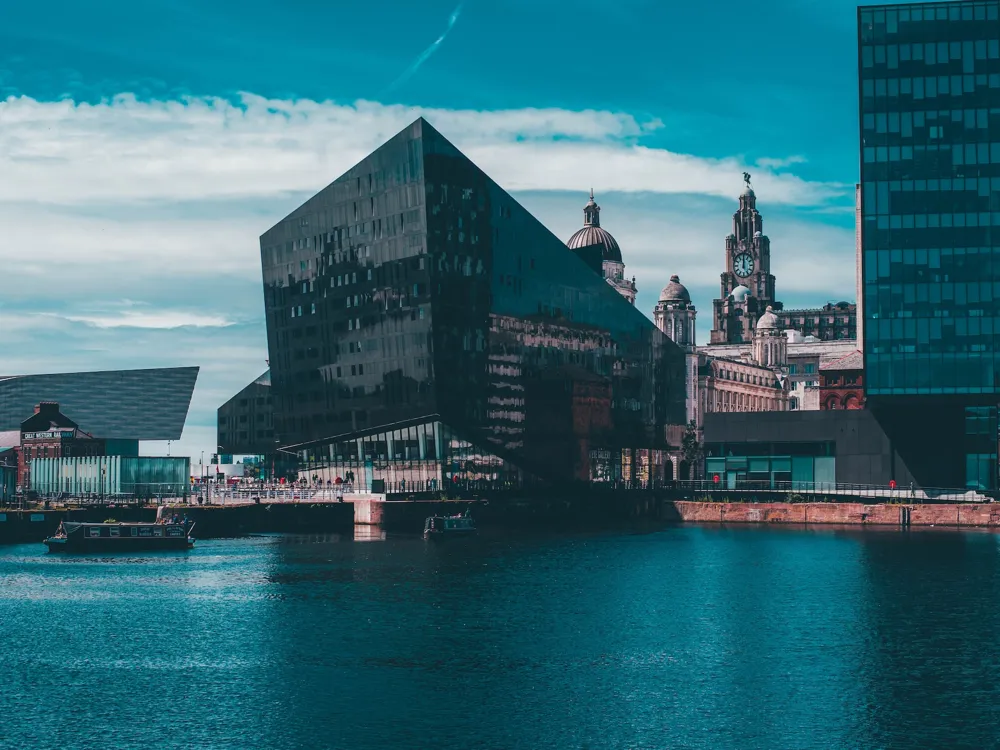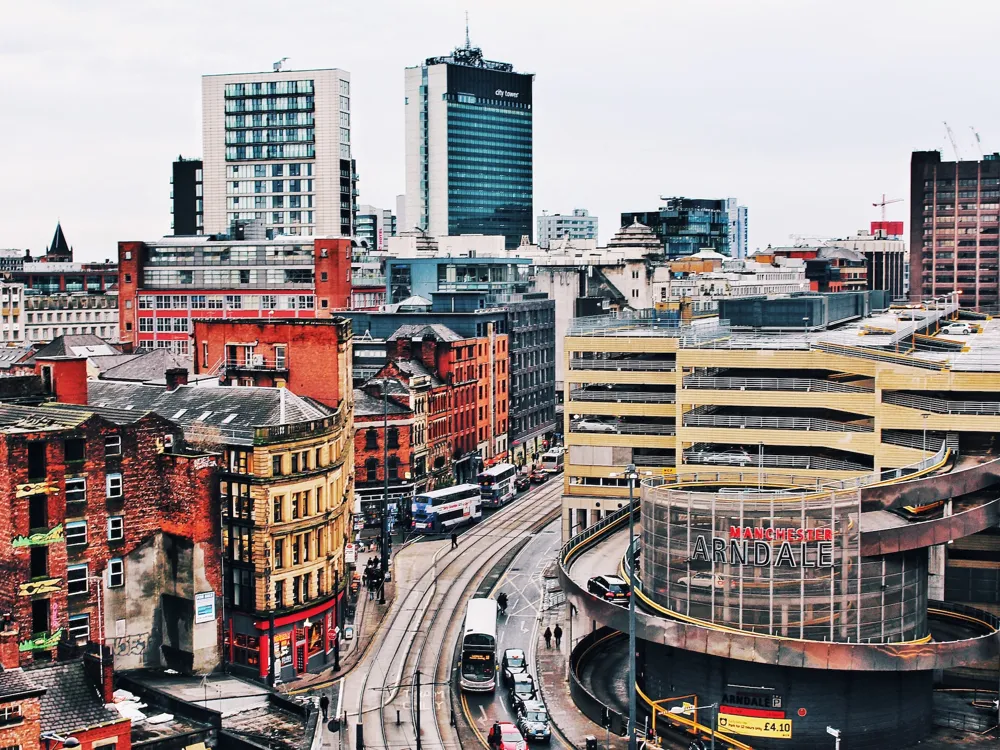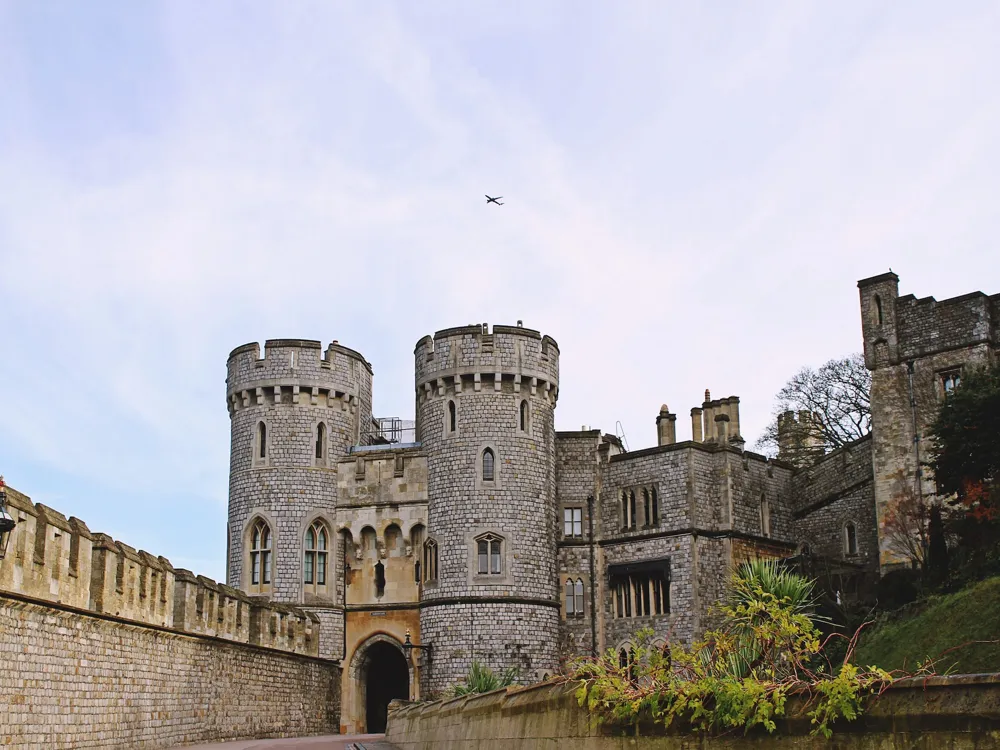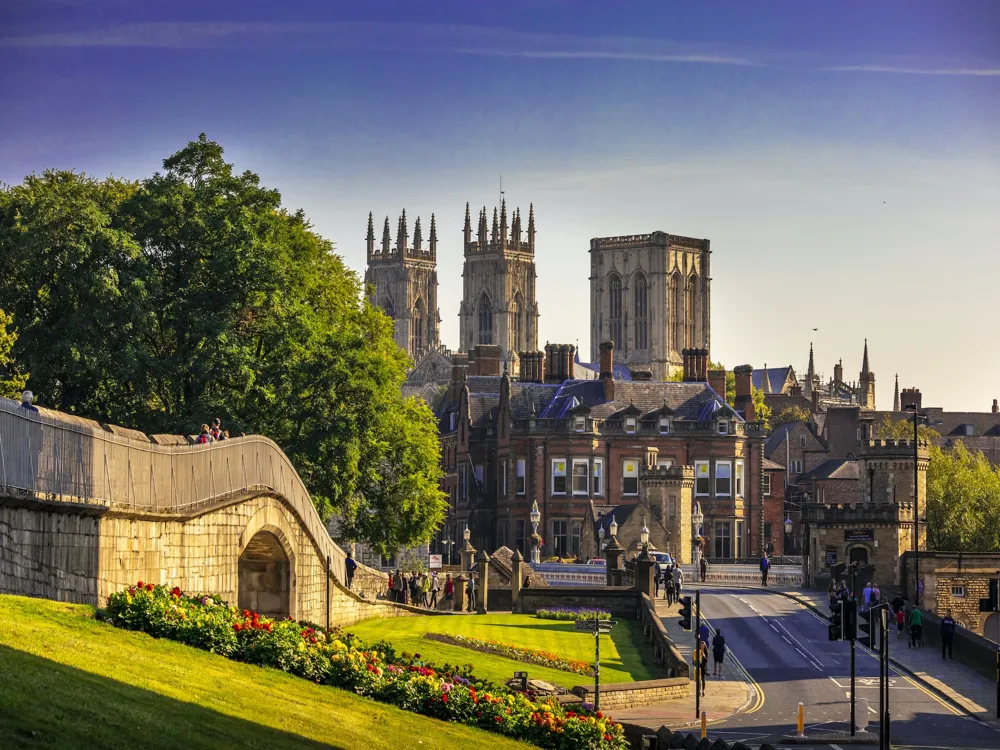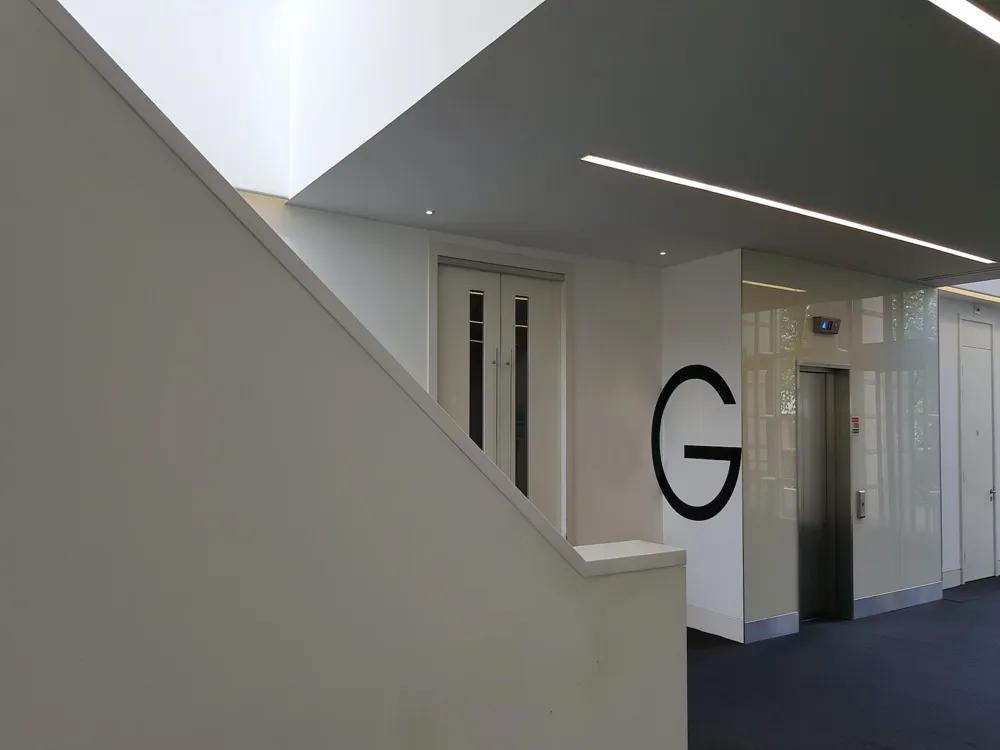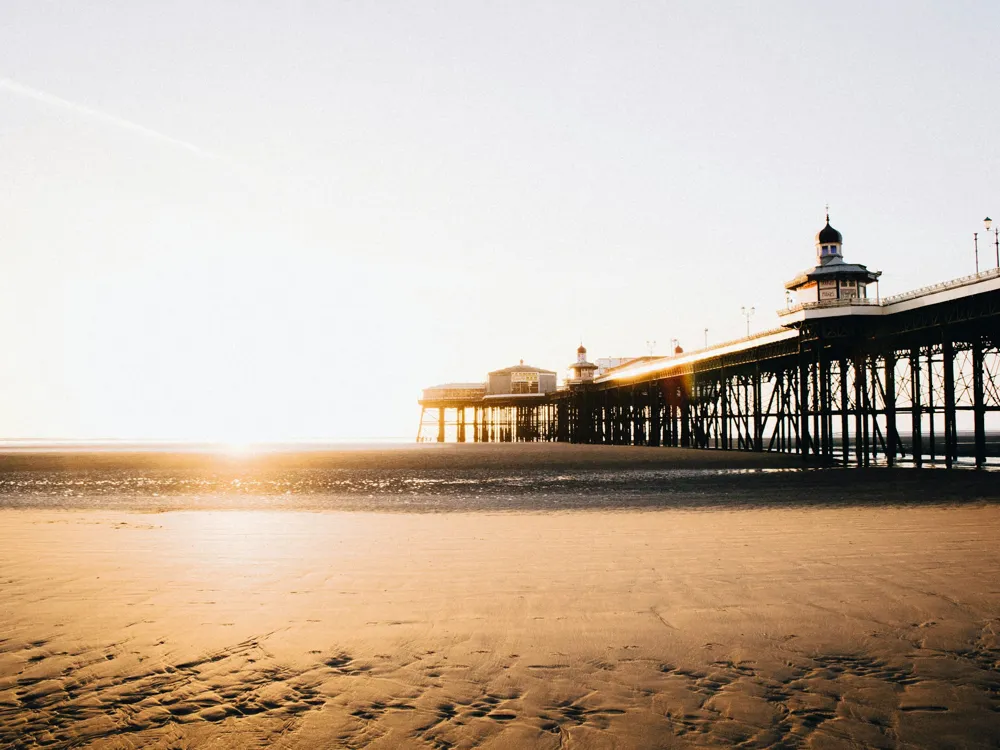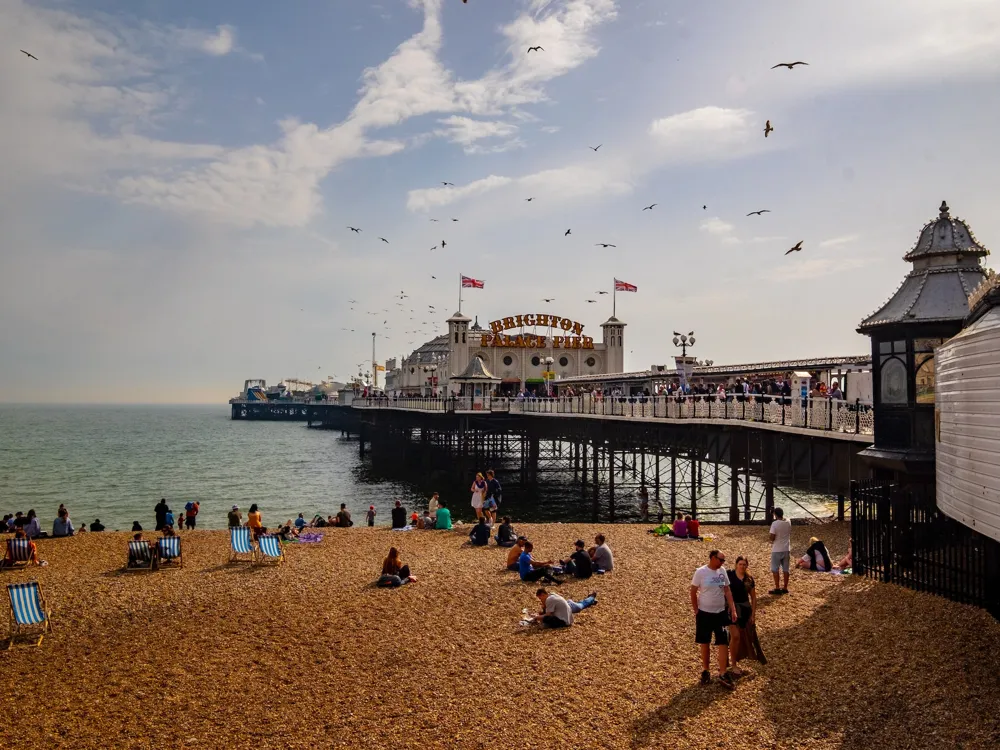Trafalgar Square, located in the heart of London, is a public space and tourist attraction known for its rich history and vibrant cultural significance. Dominated by Nelson's Column and flanked by the National Gallery, it serves as a focal point for public gatherings, cultural events, and political demonstrations. The square commemorates the Battle of Trafalgar, a key British naval victory in the Napoleonic Wars. The architecture of Trafalgar Square is a blend of classical and modern design, making it an iconic landmark. The square features Nelson's Column, guarded by four lion statues at its base, and is surrounded by historic buildings. The fountains, added in the late 19th century, are a notable feature, providing a serene ambiance amidst the bustling city. The square's layout and structures reflect the artistic and historical heritage of London. 1. Best Time to Visit: Early mornings or late afternoons are less crowded. Consider visiting during cultural events for a unique experience. 2. Explore Nearby Attractions: The National Gallery and St. Martin-in-the-Fields church are within walking distance. 3. Public Transport: Use public transport as parking is limited. The nearest tube stations are Charing Cross and Leicester Square. 4. Respect the Space: Remember it's a historical site, so be respectful. Avoid climbing on the statues and fountains. 5. Weather Considerations: Check the weather forecast and dress appropriately, as the square is an outdoor space. Trafalgar Square is easily accessible via various modes of transportation. The nearest tube stations are Charing Cross, Leicester Square, and Piccadilly Circus. Numerous bus routes also pass nearby. For those preferring to drive, parking is limited, and it's advisable to park outside the city center and use public transport. Biking or walking is a great option if you're staying in central London. Read More:Overview of Trafalgar Square
Architecture of Trafalgar Square
Tips When Visiting Trafalgar Square
Click for Tips
How To Reach Trafalgar Square
Trafalgar Square
London
₹ 22,500 onwards
View london Packages
London Travel Packages
View All Packages For London
Top Hotel Collections for London

Private Pool

Luxury Hotels

5-Star Hotels

Pet Friendly
Top Hotels Near London
Other Top Ranking Places In London
View All Places To Visit In london
View london Packages
London Travel Packages
View All Packages For London
Top Hotel Collections for London

Private Pool

Luxury Hotels

5-Star Hotels

Pet Friendly







